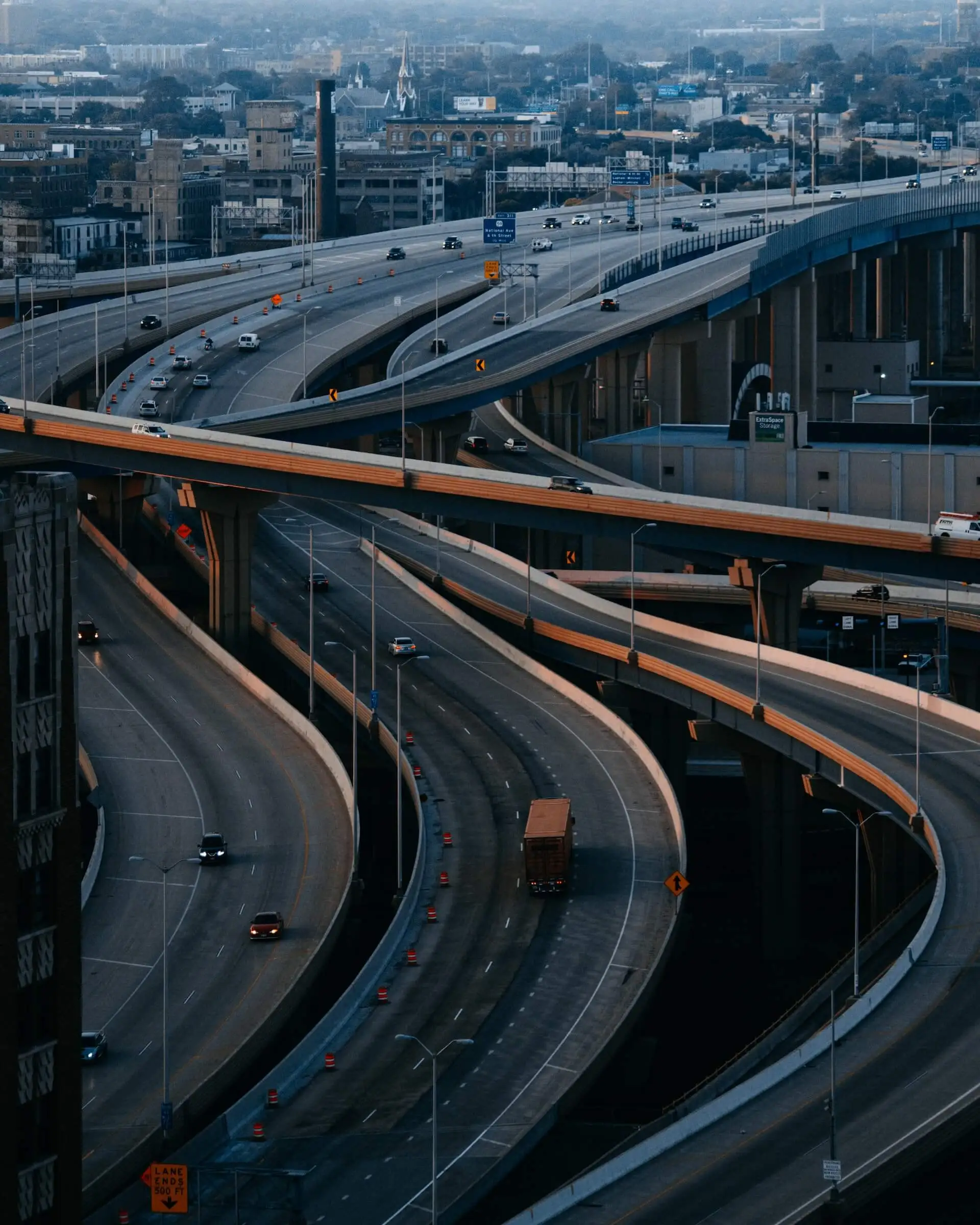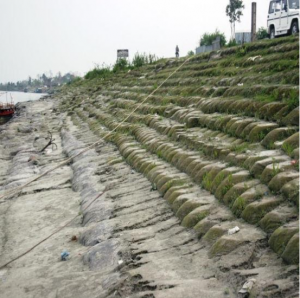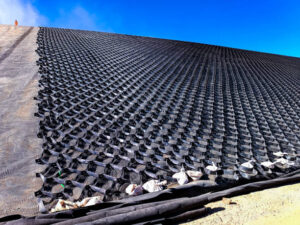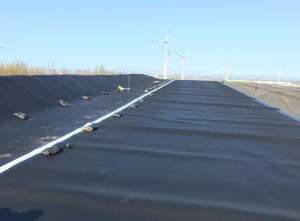Case Study: River & Flood Protection Project in West Bengal Using Ocean HDPE Liner – 750 Micron
Floods are one of the most devastating natural disasters in India, causing not just environmental degradation but also massive economic loss. According to the Central Water Commission, India loses nearly ₹6,000 crore every year due to floods and river erosion (CWC Annual Report 2022). West Bengal, owing to its extensive riverine network and monsoonal rainfall, is one of the most flood-prone states in the country. Recognizing the urgency of safeguarding vulnerable regions, a riverbank stabilization and flood protection project was initiated in a high-risk area of West Bengal.
Ocean Non Wovens, as a trusted geosynthetics manufacturer and supplier, was approached to provide an effective solution. For this project, we supplied and installed 7,800 SQM of Ocean HDPE Liner – 750 Micron, a robust material specifically chosen to resist hydraulic pressures and soil erosion.
Understanding the Challenges: Why River & Flood Control Requires Advanced Geosynthetics
Traditional flood control methods—like sandbags, stone pitching, and concrete blocks—have limitations. They are labor-intensive, degrade quickly, and are ineffective against the dynamic forces of erosion and scouring. Riverbank erosion alone accounts for more than 8,000 hectares of land loss annually in India (Ministry of Jal Shakti, 2023).
The challenge in this West Bengal project involved:
- Continuous erosion during monsoon surges.
- Riverbed scouring leading to land degradation.
- Groundwater seepage weakening embankment foundations.
- Risk to nearby infrastructure and agricultural zones.
This complex interaction between water force, soil structure, and topography required a technically sound, flexible, and impermeable material—this is where Ocean HDPE Liner – 750 Micron played a transformative role.
Why Ocean HDPE Liner – 750 Micron?
Our Ocean HDPE Liner – 750 Micron is a high-density polyethylene geomembrane engineered for tough environments. It is especially suitable for riverbank lining, flood zone barriers, and hydraulic containment.
Key Properties:
- High Tensile Strength: Withstands forceful water flow and mechanical stress.
- Chemical Resistance: Resists saline, acidic, and contaminated water which is common in river systems.
- UV Resistance: Performs under direct sunlight exposure—critical for riverbanks.
- Low Permeability: Provides an effective barrier against seepage and groundwater erosion.
- Durability: Expected lifespan exceeds 20 years under typical field conditions.
This combination of characteristics ensures that HDPE liners do not just contain water but also protect the integrity of soil and embankment structures.
Implementation Highlights:
Location: A flood-vulnerable river zone in rural West Bengal
Total Area Covered: 7,800 SQM
Product Supplied & Installed: Ocean HDPE Liner – 750 Micron
Installation Partner: Ocean Non Wovens technical field team
Project Duration: 21 working days
Steps Undertaken:
- Site Preparation: Surface leveling, removal of debris, and compaction.
- Base Layering: A protective geotextile layer was used below the HDPE liner to prevent punctures from sharp aggregates.
- HDPE Liner Deployment: Rolled out using machinery, heat-welded at seams using extrusion welding techniques.
- Anchor Trench Construction: Liner edges were anchored in trapezoidal trenches to resist uplift and movement during floods.
- Inspection & Testing: Vacuum testing, spark testing, and visual inspection ensured 100% seam integrity.
Performance Outcome & Long-Term Benefits
The application of Ocean HDPE Liner brought significant improvements:
- Reduced Erosion: Immediate reduction in soil loss and bank recession post-installation.
- Controlled Seepage: Stabilized groundwater tables, reducing the risk of embankment failure.
- Land Retention: Protected agricultural lands and critical infrastructure within the flood zone.
- Cost-Efficiency: Long-term savings by minimizing maintenance and repeat repairs.
This intervention helped in transforming a crisis-prone river stretch into a protected zone, benefitting both the environment and the local community.
What Most Companies Don’t Address: The Hidden Metrics of Flood Control Success
While most suppliers speak about material specs and short-term project completion, we at Ocean Non Wovens believe in talking about long-term performance and ecosystem impact.
- Micro-ecosystem Preservation: Unlike concrete, our HDPE liner doesn’t disrupt aquatic habitats when installed with geotextiles and controlled slope design.
- Heat-Weld Seam Durability: Most competitors use overlap joins that are weaker; we use automated extrusion welding to ensure strength at par with the base liner.
- Sustainable Edge Treatment: Our team uses bio-engineered turf reinforcement where possible to blend civil and natural flood defenses.
These details contribute to reduced lifecycle cost, lower environmental impact, and greater structural reliability—elements often ignored in traditional reporting.
Final Thoughts: Partner with Ocean Non Wovens for Proven Flood Defense Solution
At Ocean Non Wovens, we don’t just supply geosynthetics—we deliver engineering-grade protection for the most vulnerable environments. Our work in West Bengal is just one example of how we help governments, contractors, and private developers mitigate the risks posed by floods and river erosion.
Whether you need HDPE liners, geotextiles, geocells, or drainage composites, we provide tailor-made solutions backed by technical support, quality assurance, and installation guidance. With decades of experience in river and flood control projects, trust us to help you protect land, life, and livelihood—the Ocean way.
📞 Reach out to Ocean Non Wovens today to discuss your next infrastructure or environmental protection project.



